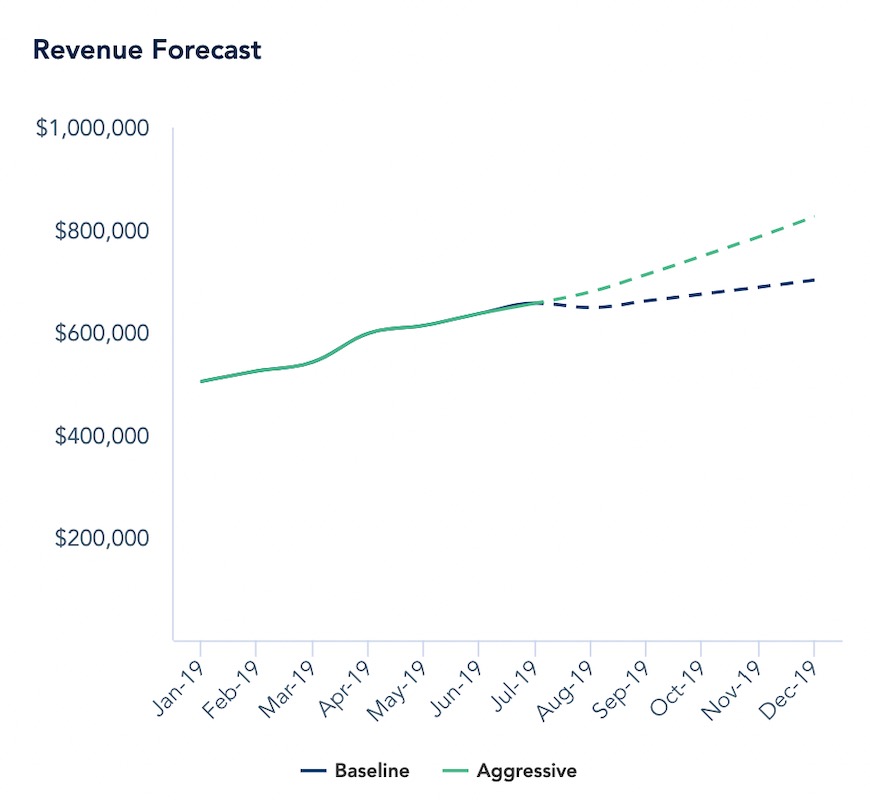

However, very few hospitals were eventually stressed and only for a couple of weeks. Public leaders trusted models (sometimes even black boxes without disclosed methodology) inferring massively overwhelmed health care capacity ( Table 1) ( IHME COVID-19 health service utilization forecasting team & Murray, 2020). Predictions for hospital and ICU bed requirements were also entirely misinforming. However, as of June 18, the total fatalities are ∼450,000 with median age ∼80 and typically multiple comorbidities.īrilliant scientists expected 100,000,000 cases accruing within 4 weeks in the USA ( Hains, 2020). (Accessed 2 June 2020)) that caused >50 million deaths with mean age of death being 28. However, despite involving many excellent modelers, best intentions, and highly sophisticated tools, forecasting efforts have largely failed.Įarly on, experienced modelers drew parallels between COVID-19 and the Spanish flu (. Many scientists have struggled to make forecasts about its impact ( Holmdahl & Buckee, 2020). draconian lockdowns) are based on forecasts, the harms (in terms of health, economy, and society at large) and the asymmetry of risks need to be approached in a holistic fashion, considering the totality of the evidence.ĬOVID-19 is a major acute crisis with unpredictable consequences. If extreme values are considered, extremes should be considered for the consequences of multiple dimensions of impact so as to continuously calibrate predictive insights and decision-making.

Careful modeling of predictive distributions rather than focusing on point estimates, considering multiple dimensions of impact, and continuously reappraising models based on their validated performance may help.

Some (but not all) of these problems can be fixed. Nevertheless, epidemic forecasting is unlikely to be abandoned. Poor data input, wrong modeling assumptions, high sensitivity of estimates, lack of incorporation of epidemiological features, poor past evidence on effects of available interventions, lack of transparency, errors, lack of determinacy, consideration of only one or a few dimensions of the problem at hand, lack of expertise in crucial disciplines, groupthink and bandwagon effects, and selective reporting are some of the causes of these failures. As Phil was forecast to leave behind an Inheritance Tax bill when he died, the pair decided to meet again in a months’ time to discuss Phil giving each of his two children a cash gift to help them onto the property ladder.Epidemic forecasting has a dubious track-record, and its failures became more prominent with COVID-19. The financial planner gave Phil the peace of mind that he was in a good financial position and could afford to spend more during retirement if he wanted to. For peace of mind he also wanted to make sure he could afford care home fees in the future, and ensure Angela would be financially comfortable if he died unexpectedly. For example, could he stop working this year or take more holidays during retirement. Phil was keen to run through different scenarios. They could live to 100 and still leave an inheritance to their children. The results showed that they had saved more than enough money for the retirement that they wanted. Phil’s financial planner had analysed these details using the cashflow modelling software. He also listed their current and future outgoings such as pension contributions, the regular expenses they expected for retirement and other planned expenses like a new car and annual holiday. Before the meetingīefore attending the meeting Phil filled out a spreadsheet with all of the couple’s assets, savings and liabilities – for example their pensions and investments, mortgages and Phil’s business account. He wants to stop working in the next few years and decided to meet with a Tilney financial planner to check that he would have enough money for the retirement he wanted. He lives with his wife Angela in Hertfordshire. Phil is a 62-year old who runs his own business. An example – will I have enough money in retirement?*


 0 kommentar(er)
0 kommentar(er)
